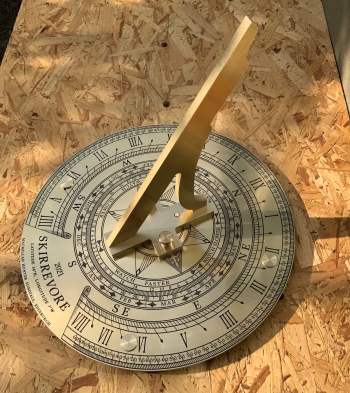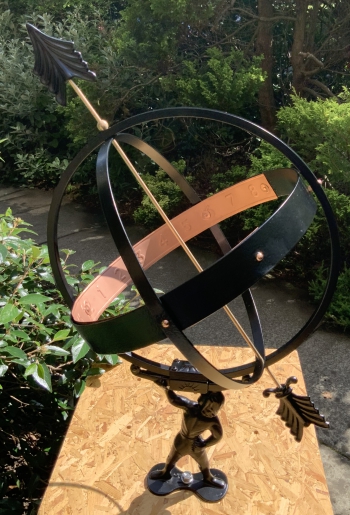A fine 18th century horizontal sundial stands in the gardens of the House of Dun near Montrose. The dial is octagonal made in bronze set in a carved and moulded stone raised on a baluster pedestal and stone step. Elegant tracery scroll work supports the gnomon.
The dial engraving is detailed employing delicacy of variation in deep and light incisions and ornament. The chapter ring carries exact time divisions down to a single minute. Continue reading

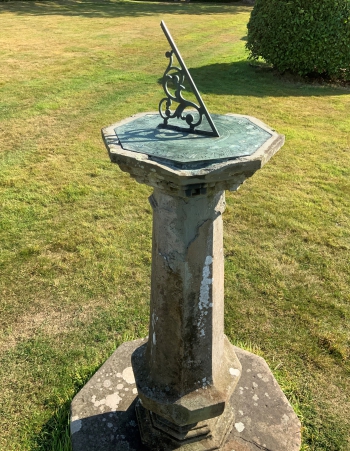
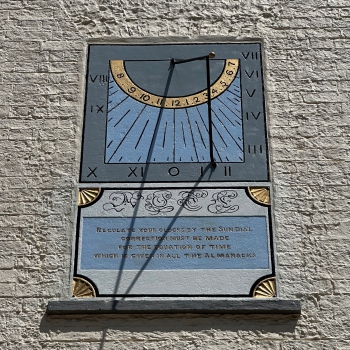
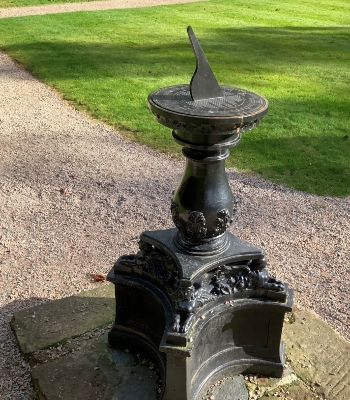
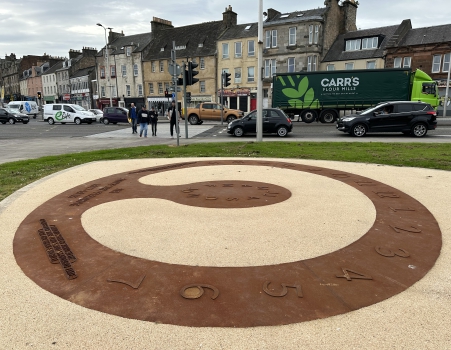
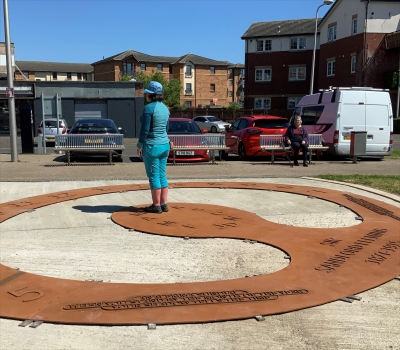
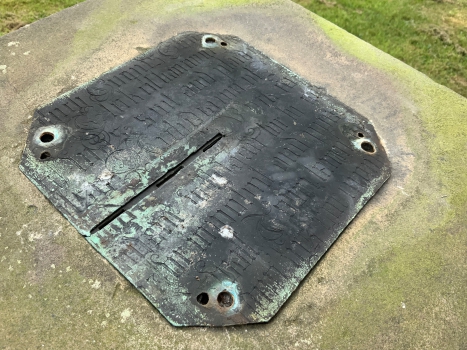
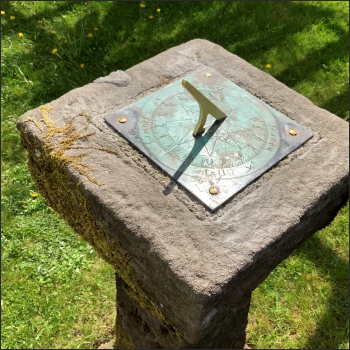 This small brass garden sundial had lost its gnomon. It is dearly loved by its owner who has known it since childhood, and she wanted to have it restored. As often happens at different times the family moved home and the sundial moved too.
This small brass garden sundial had lost its gnomon. It is dearly loved by its owner who has known it since childhood, and she wanted to have it restored. As often happens at different times the family moved home and the sundial moved too. 